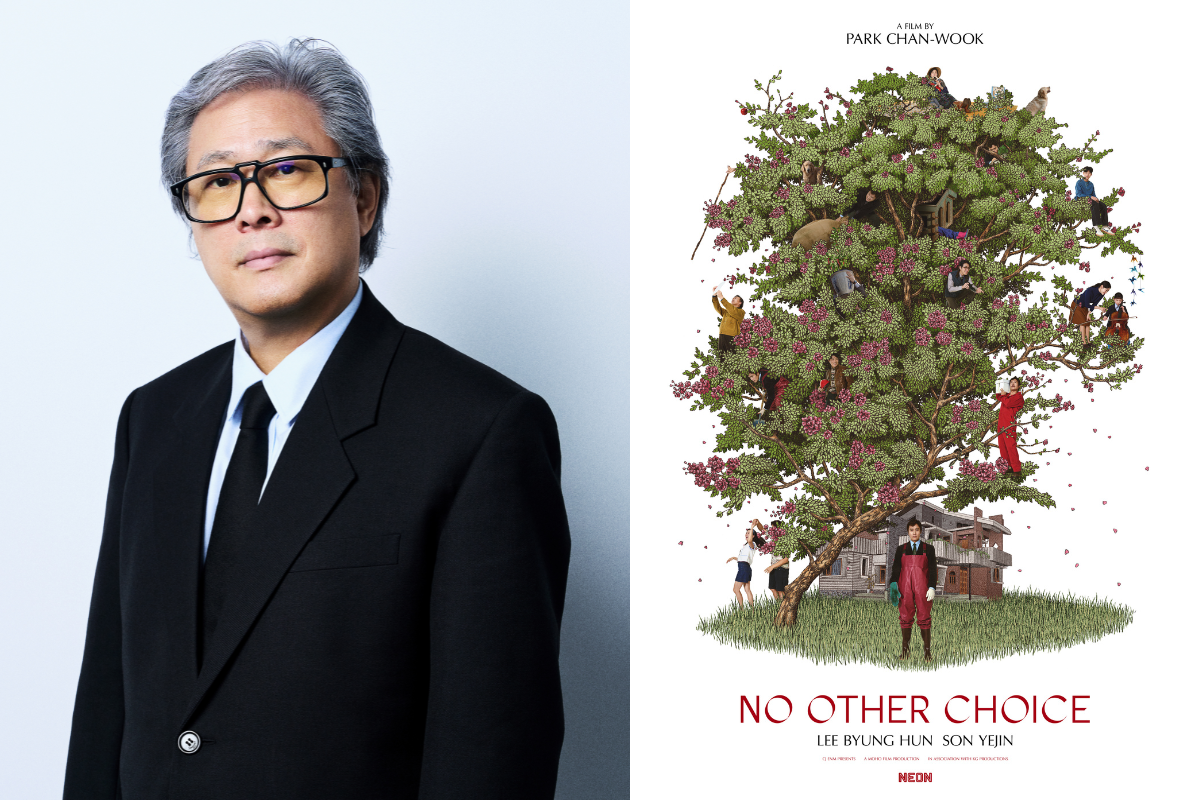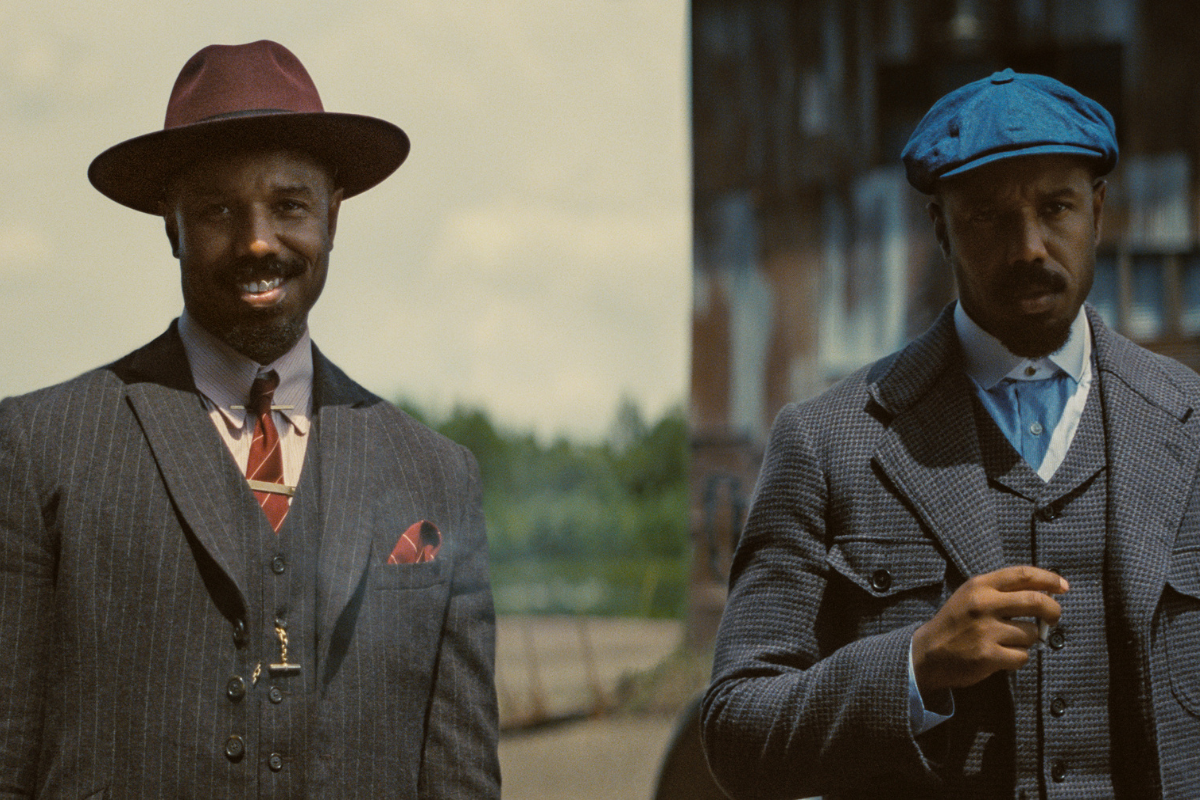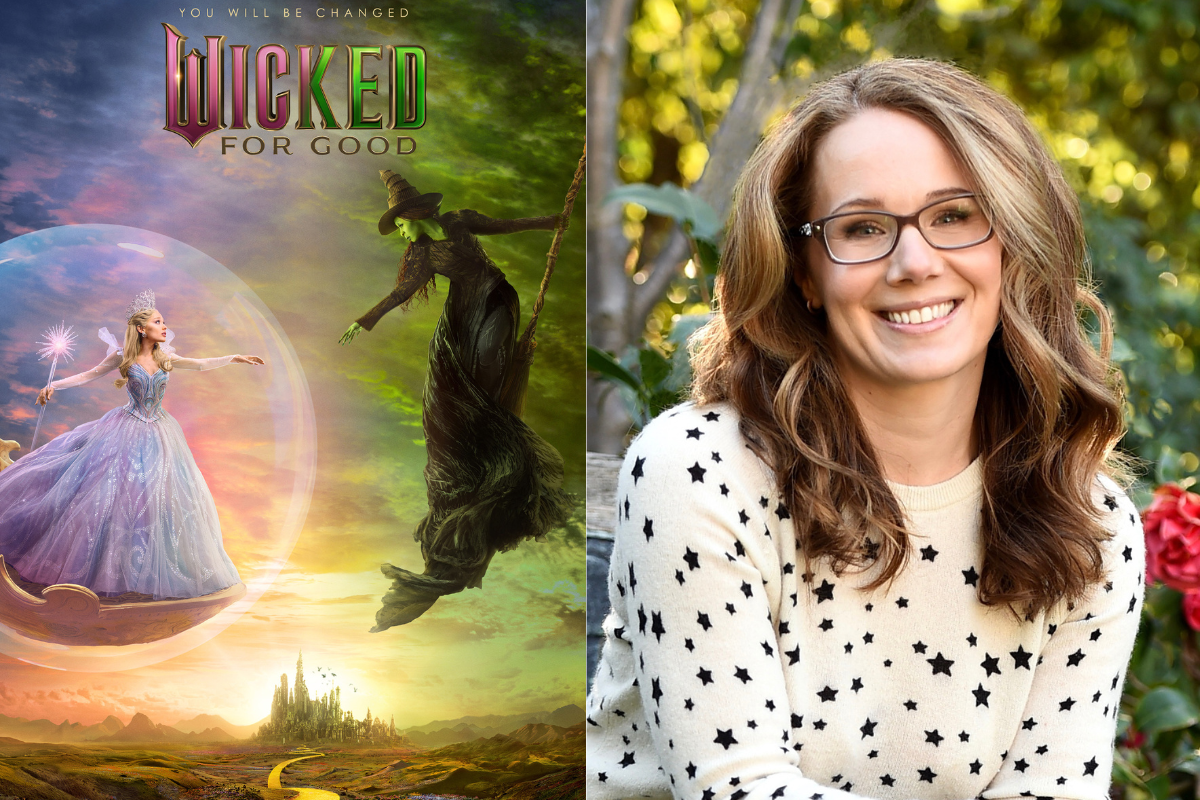Diving Into Biopics with ‘Nyad’ Screenwriter Julia Cox
Screenwriter Julia Cox gives insight into how she crafted ‘Nyad,’ and shares tips on how to bring your own biographical script to life.
At age sixty, endurance swimmer Diana Nyad took the biggest plunge of her life.
Thirty-two years earlier, in 1978, she had tried—and failed—to swim 110 miles from Cuba to Key West, Florida. Then in her twenties, she was in the shape of her life and a media magnet, swimming around Manhattan in record time and later from the Bahamas to Florida. The Cuba trek would be a crowning achievement. But strong winds and high waves pushed her off course, making headlines but not landfall.
She traveled the world as a sports journalist and broadcaster afterward, but she never forgot about that foiled swim. So, in 2010, she tried again. Then again. And again.
The Netflix biopic Nyad covers those stubborn, dramatic, and thrilling attempts, showing Diana (Annette Bening) finally succeeding on her fifth attempt in 2013 at age sixty-four. With her was her best friend and coach Bonnie Stoll (Jodie Foster) and navigator John Bartlett (Rhys Ifans). The uplifting film has an 85% “certified fresh” rating and an 87% audience score on Rotten Tomatoes, with Empire magazine calling it “a classic American sports movie” with “two brilliant, warm lead performances.”
Biographical films are perennial audience and award-season favorites. Along with Oppenheimer netting a host of awards, including the Oscar for Best Picture, the films Rustin, Maestro, and Nyad earned acting nominations, the latter for Bening and Foster.
This year’s biopics so far include Bob Marley: One Love, about the famed Jamaican singer/songwriter; Cabrini, about the woman who secured housing and healthcare for New York City’s impoverished children; Madu, about a twelve-year-old Nigerian ballet prodigy; and Shirley, about Black Congresswoman Shirley Chisholm’s historical presidential run. Scheduled for release in May are Back to Black, about late singer Amy Winehouse, and Wildcat, about writer Flannery O’Connor’s struggle with lupus.
Nyad screenwriter Julia Cox loves true stories, naming 2005’s Walk the Line about country-music legend Johnny Cash’s early career among her favorites. “My favorite biopics would be fascinating stories even if they weren’t true, because they tap into a relationship or a dynamic, or a character who’s at odds with the world in a way that, frankly, all good screenplays should.”
Yet even though they cover real people and events, these films aren’t journalistic accounts, Cox notes: “It’s like a photograph of a painting.”
We caught up with Cox to learn how she crafted Nyad, sharing tips on how to bring your own biographical script to life.
Establish a framework
A biopic needs a strong structure, a framework that goes beyond cradle to grave. Some have a natural starting and end point, but others impose a structure around a theme. Bob Marley: One Love follows Marley (Kingsley Ben-Adir) largely around the time he wrote and recorded the Exodus album between an attempt on his life and returning to his native Jamaica. Walk the Line is more theme-driven, framed around the love story between Johnny Cash (Joaquin Phoenix) and future wife June Carter Cash (Reese Witherspoon, whose portrayal won an Oscar).
While it’s obvious to frame Nyad around Diana’s failed and successful swims from Cuba, that alone wouldn’t enthrall an audience.
“I think you have to think about the search for the framework the same way you would if it were a fictional piece. What is this about on a thematic level? What is emotional about this story? What grips you and won’t let you look away? As opposed to thinking about it as a biopic in that it’s in service of telling the story of someone’s life. What’s exciting about this as a piece of art on its own, and as a movie on its own?” Cox says.
Cox started with research, referring to Diana Nyad’s 2015 memoir Find a Way, along with a wealth of news reports, and also met with Diana and Bonnie. (Bartlett died in 2013.)
“I realized there’s a big opportunity here to tell a great story of a friendship that’s very special. You can feel the lived-in, loving but honest texture to their friendship, even just talking to them for five minutes. They tease each other, they give each other a ton of credit, they know each other in their bones. And that’s so special and not always the kind of relationship that we devote a whole feature film to—female friendships, especially among women who are at a certain stage of life.”
Cox says she also considered the point of view: how to come into this story, and through whose eyes? “Instead of starting when Diana was a kid, [I was] thinking about, well, what is it like at sixty to feel a sense of restlessness, a little bit of ennui, a little bit of frustration with your life that maybe it doesn’t feel as big as you feel inside? That maybe doesn’t feel like a biopic instinct, but it can be.”
Write from the essence
Writing a biopic involves distilling moments and people to their sharpest characteristics. Cox had so much raw material, “it can feel like a blessing and a curse,” she says. She likens it to having “this enormous block of marble... And then you have to whittle it down and find the narratives under the surface. You have to leave a lot behind as you do that, and that can be frustrating and challenging because you don’t want to leave out something wonderful.”
Along with all her research, Cox spent time with Diana, absorbing her voice and style. Yet she also was transparent about how the film’s version would differ. The swimmer signed off on the script, but at one point, she told the filmmakers, “I’m more likeable than this,” recalled Elizabeth Chai Vasarhelyi, who directed Nyad with her husband, Jimmy Chin.
The subjects of biopics (and their families) often don’t want to reveal any flaws or sharp edges, but that’s where a compelling narrative lies. The Diana onscreen isn’t wildly different from Diana in real life—someone with the confidence and drive that makes her “a real force in any interaction,” Cox says.
Rather, the film version is “more of a cooked-down version of Diana,” filtered through the script and the choices and instincts Bening made about playing this character.
“She’s a little more potent, containing characteristics that I certainly noticed, and that Diana is very self-aware about. She’s never going to have all of the nuance and all of the complexity that the real Diana has,” Cox says. “Like anyone in a movie, she’s not a real person.”
Be flexible
Even tragic biopics, like 2022’s Elvis, play with time, character, point of view, and style. Directors Vasarhelyi and Chin, who made the documentaries Free Solo and Return to Space, among others, added verisimilitude to Nyad’s narrative by weaving in archive footage from the real Diana’s attempts.
The film also sprinkles in memories from Diana’s childhood—her relationship with her father, being abused by her swim coach—in a way that feels organic, with fragments swirling as Diana swims. (The Cuba swim took 53 hours, not to mention training—plenty of time for Diana to be alone with her thoughts.)
“I sort of anachronized some qualities that in her book she writes about having overcome at this point in her life: some of the feelings of swimming angry, of being a bit of a lone wolf, that kind of toughness, that kind of bluster. I think the Diana of today has fully dealt with a lot of that, and maybe she would even say that she dealt with some of that in her fifties,” Cox says.
While those changes show onscreen Diana reaching self-awareness, other changes were more practical. In 2013, roughly forty people on several boats kept pace with Diana, including a medical team and shark experts for her safety. The film boils this down to one boat, with Bonnie, Bartlett, and the other crew, along with shark experts in kayaks, then mentions the others in a postscript.
Remember, filmmaking is a process. Give yourself permission to condense and collapse events, move things around, and manipulate time. “It’s so hard to resist that impulse to just be almost journalistically faithful to the truth. But I think you have to understand that’s not the assignment when you’re writing a film,” Cox says. “There will be logistical reasons that you can’t have it be exactly as it was. … It doesn’t impinge upon the truth, but it does make for a better, more exciting narrative.”
Experiment
Even with a framework in mind, you might get stuck. So, collect all the information you’d use in this story if you could. “For me, it’s a process of like expansion and contraction, making long lists of all of the things I want to include, and allowing myself to sort of revel in that abundance for a minute,” Cox says.
Then set that aside and think of five versions of what the movie could be. Experiment with different structures and points of view.
“Challenge yourself to think of the weirdest version of that true story, because it might unlock or loosen up a certain part of your brain that is really attached to the chronological and true way things really happened,” Cox says.
Above all, trust that as you make choices, you’ll stay connected to the story’s most important, central things. For Cox, these were a fierce character portrait, a deep friendship, and a harrowing athletic quest. “If you can hold on to all of that, and let other things fall away, you just have faith that it will sort itself out.”
Nyad is available to watch on Netflix.
This live webinar is going to explore the kinds of shows that have a chance to be bought, the genres that are going to be thriving in the next couple of years, and how to take your own stories, characters and themes and adapt them into concepts that can fly in the current market.
Valerie Kalfrin is an award-winning crime journalist turned essayist, film critic, screenwriter, script reader, and emerging script consultant. She writes for RogerEbert.com, In Their Own League, The Hollywood Reporter, The Script Lab, The Guardian, Film Racket, Bright Wall/Dark Room, ScreenCraft, and other outlets. A moderator of the Tampa-area writing group Screenwriters of Tomorrow, she’s available for story consultation, writing assignments, sensitivity reads, coverage, and collaboration. Find her at valeriekalfrin.com or on Twitter @valeriekalfrin.







